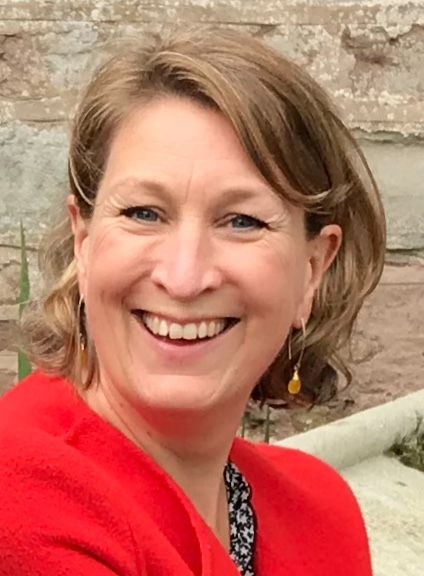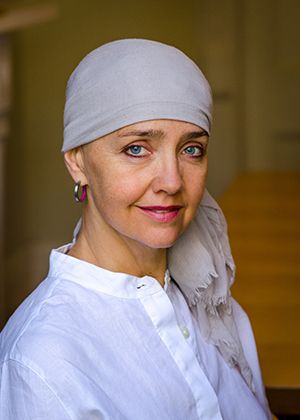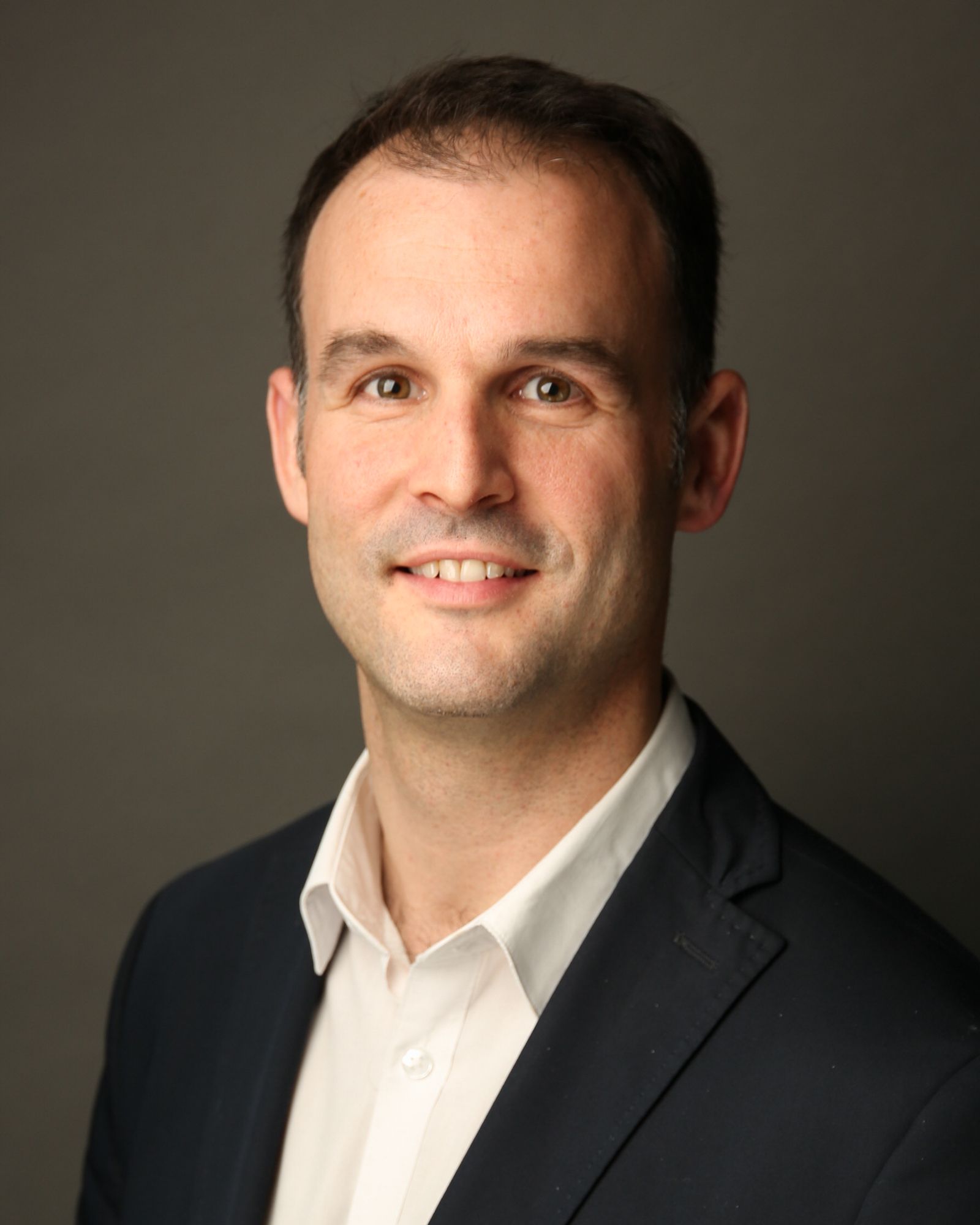Me, We and RWE. The Importance of Designing for the Patient First
In this Q&A, Helen Matthews, Jessica Morris, and Bruce Hellman offer their perspectives on the priorities, opportunities, and challenges of patient centricity in real-world evidence collection.
Real World Evidence (RWE) is a subject of increasing discussion-not to mention implementation-in clinical research, serving to supplement traditional clinical trials and offering the potential for better treatments with a faster route-to-market.
Perhaps less-discussed is the potential for RWE to aid another emerging priority in research design: that of patient centricity, which is rapidly becoming a priority for research sponsors as well as a common call from patient advocates.
In this Q&A, the following participants offer their perspectives on the priorities, opportunities, and challenges of patient centricity in real-world evidence collection: Helen Matthews, Deputy CEO, The Cure Parkinson’s Trust-a leading UK charity to fund research to slow, stop and reverse Parkinson's; Jessica Morris, Founder and Chair, OurBrainBank, who is living with glioblastoma multiforme (GBM). OurBrainBank is a US non-profit created by, with and for patients with GBM to manage their disease and work to turn GBM from terminal to treatable; and Bruce Hellman, CEO and co-founder of uMotif, which offers a patient-friendly data capture platform for real-world and late-phase research.*
What are the reasons for involving patients in research design?
Helen Matthews

Helen Matthews: Some pre-clinical researchers working on Parkinson’s-related research have never met a someone living with Parkinson’s. Involving patients means those living with the condition support study design alongside the research team, either as a sanity check or more deeply as a valued and critical friend. That’s becoming normal practice in the UK, partly because funders insist on it.
Too often patient involvement is something thought of towards the end of a process, not at its beginning. One result of not including patients early in Parkinson’s research has been a focus on movement-related issues. But non-movement issues can have a greater impact on people’s day to day lives: their sleep, fatigue, pain, and more. Involving patients means research is more likely to focus on things that matter most to people, delivered in a way that is relevant.
Jessica Morris

Jessica Morris: It is hard for highly aggressive, complex and heterogenous diseases like mine to attract research funding. Yet we can agree that the answer to the disease is likely to lie in understanding it better. Our medical research model values the objective measures of how a disease progresses, and how treatments impact-such as MRIs-over the subjective reporting from a patient, including symptoms and side effects. Patient symptom data is a largely untapped pool of information that can inform researchers, so they can better design treatments. Involving patients in that process has the added benefit of providing people with the disease to feel they are managing the disease, and not the other way round.
The OurBrainBank App empowers patients to manage their disease by tracking their symptoms and gives them hope that by donating their data we will make quicker progress to better treatments. OurBrainBank’s mission is to move GBM from terminal to treatable through the power of patients.
A major issue with rarer conditions like GBM is that drugs are often used off-label to alleviate symptoms or aspects of the condition, with little information on potential side-effects, which can become a significant problem for patients. This is one area where combining RWE with a patient-centered approach has immediate potential. If we can collect information on patients’ symptoms, gather it at scale, we can create the case for investigating the relationship between symptoms and treatments. We would also have basis to look at the value of the patient experience in research.
Given RWE studies aren’t intended to replace randomized controlled trials, what are the insights we can get from patient-centric RWE studies at this relatively early stage in their use?
JM: RWE can serve as a reminder to clinicians, as well as to researchers, to consider the priorities of patients. Patients want both ‘complete’ cures as well as better ‘todays.’ A patient-centred approach can help to tackle this.
There are no known cures for GBM, and so patients are desperate. Patients’ idea of a cure is not always the same as clinicians. People want a cure-for-today, not just a traditional medical cure, but one that enhances what they can do to feel better today as they live with their condition-even including measures like diet and exercise. Eating better might not be a cure long-term but it can make you feel better today, and well-designed RWE can provide data to help improve the understanding of these sorts of outcomes-the ones that matter to patients.
HM: If patients have the ability to help decide which outcomes are measured-including symptoms, which are often a higher priority for patients than for researchers-the resulting data collected can prove far more useful in improving interim outcomes for individuals most obviously quality of life, from a patient perspective.
Everyone has their own priorities and they diverge-Parkinson’s is a progressive disease. We have really realized Parkinson’s isn’t one condition-clearly there are subtypes, some precisely defined, some less defined. By capturing more RWE, we can gain a better understanding of these subtypes and their respective impacts.
Bruce Hellman

Bruce Hellman: RWE studies provide the opportunity for greater scale and the ability to reach large numbers of study participants in new and innovative ways. Such as through virtual or hybrid studies where participants no longer need to visit sites to take part in research.
These new forms of study can help researchers and sponsors ask different sorts of questions that haven’t been possible until now-such as investigating the link between weather and pain, or what sort of symptoms matter most to people managing long term conditions.
What do researchers need to be aware of to make sure RWE projects are considerate to patients?
Helen Matthews: It’s important to remember that for progressive and degenerative diseases, what patients can do-and what is reasonable for them to do-can change over time, and daily commitments can become burdensome.
Technology can be supportive however, identifying the right technology to use, that is not burdensome for people living with Parkinson’s, but that generates meaningful insights is key. We all need to remember that the status quo changes and we should be led by patients.
Bruce Hellman: To create patient-centric studies researchers must think first and foremost about how capturing RWE can be a beneficial experience for the patient. What can we do as an industry to give patients something back in exchange for their contribution to research? How do we ensure their data is being treated with respect?
This means being considerate and reducing patient burden or reducing the perception of burden. By framing the research in a way that is valuable to the patient and makes them feel involved in the outcome of the study, patients will typically be more willing to capture and share their data for research. One way this can be done is by sharing study outputs and early findings with study participants and help them understand the impact of their contribution.
*Disclosure, the Cure Parkinson’s Trust have collaborated on uMotif’s Smart-PD trial in the NHS, and were collaborators in the ‘100 for Parkinson’s’ open observational study. The uMotif platform powers the OurBrainBank app and public-facing observational study.
Improving Relationships and Diversifying the Site Selection Process
April 17th 2025In this episode of the Applied Clinical Trials Podcast, Liz Beatty, co-founder and chief strategy officer, Inato, discusses a number of topics around site engagement including community-based sites, the role of technology in improving site/sponsor relationships, how increased operational costs are impacting the industry, and more.
Behind the Buzz: Why Clinical Research Leaders Flock to SCOPE Summit
February 7th 2025In this episode, we meet with Micah Lieberman, Executive Conference Director for SCOPE Summit (Summit for Clinical Ops Executives) at Cambridge Innovation Institute. We will dive deep into the critical role of collaboration within the clinical research ecosystem. How do we bring together diverse stakeholders—sponsors, CROs, clinical trial tech innovators, suppliers, patients, sites, advocacy organizations, investors, and non-profits—to share best practices in trial design, program planning, innovation, and clinical operations? We’ll explore why it’s vital for thought leaders to step beyond their own organizations and learn from others, exchanging ideas that drive advancements in clinical research. Additionally, we’ll discuss the pivotal role of scientific conferences like SCOPE Summit in fostering these essential connections and collaborations, helping shape the future of clinical trials. Join us as we uncover how collective wisdom and cross-industry partnerships are transforming the landscape of clinical research.